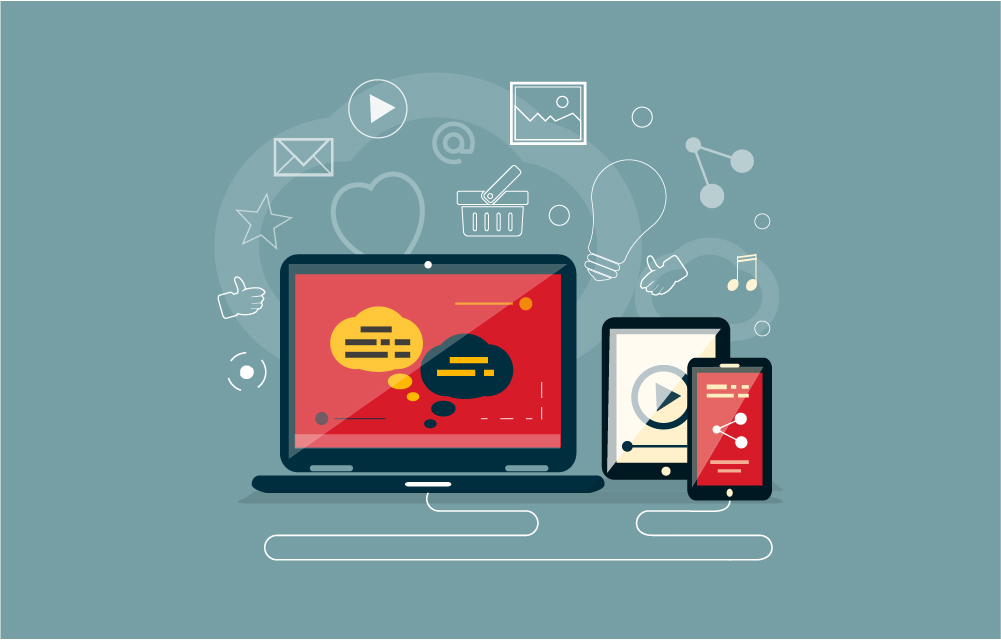According to Entrepreneur Middle East, Millennials spend almost 18 hours a day consuming online content such as social media, texting their friends or browsing the web. This ‘tech-savviness’ might be a concern for many parents because according to them children should be focusing on studies and physical activities and other things that they have done in their childhood. And schools and teachers have strict policies regarding cell phones and other gadgets and are deemed distracting.
Teachers however, utilize this interest for technology to their own advantage. They can make their lessons more interactive, interesting and fun for students by using digital tools. An educational digital tool is any device, application or website that helps teachers to enhance their teaching and allows students to receive a better learning experience.
Digital tools can provide an interactive and fun environment in the class room. For example, the iPad has many apps available for educational purposes. These apps allow teachers to educate students through gamification, that is, teaching through playing games. E-books are also replacing traditional paper books slowly, over time. Instead of carrying 10 heavy textbooks and straining their backs, students can carry 10 books in one iPad in their hands. They can access the books, highlight important points and even make notes and store it all in one place. Teachers can also use apps such as Scriblink or Evernote to make notes, design them and share them with their students.
Emails are a great way of staying connected with students. You can upload a video or share a file on OneDrive or Google Drive with all the 30-40 students in a class in one go. Setting up projectors and smart boards instead of the traditional chalkboard will also make a significant difference in the level of interest of the students. This will allow teachers to combine their lectures with fun images, videos and audio clips. Students will even start to volunteer to come up front and use the smart board and they can even utilize them for presentations. Courses that require teachers to demonstrate such as IT courses need projectors and smart boards in their classrooms. The teacher can share their screen while they are demonstrating for the whole class to see instead of visiting each child’s desk and telling them what to do.
There are many e-learning platforms that help you administer exams and send reports to students. Educators don’t have to waste time preparing an exam, take ages to correct the papers and then distribute the grades to students. This also makes giving tests less physically restricted; students don’t have to come to school to give an exam. Should an unavoidable circumstance such as sickness arises, they can sit and give the exam from home or the hospital even. For example, GEMS Wellington Academy in Silicon Oasis uses Fusion where students are assigned to virtual learning spaces, one for each class. Here, they can access the lessons of the day, see and submit their homework to their teachers and share their thoughts through online forums.
More and more schools are using digital tools to enhance the learning experience for students. And as we hurtle towards the future, more and more education systems will become digitized. It is better to move with the present than be stuck in the past. Because this age is about being quick, relevant and technologically savvy.










